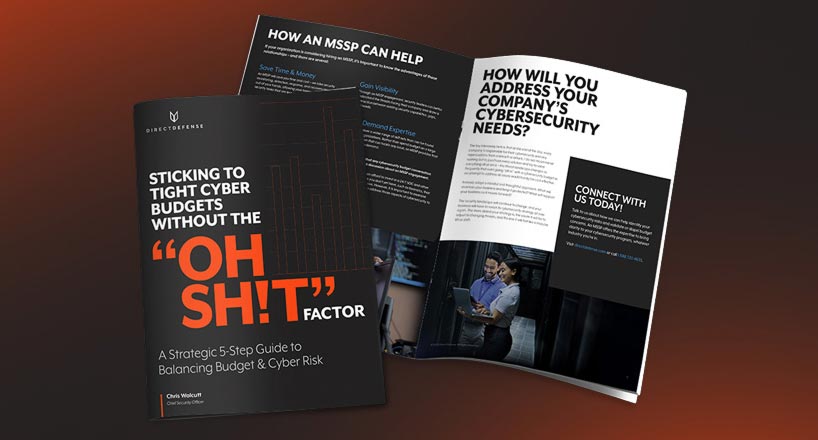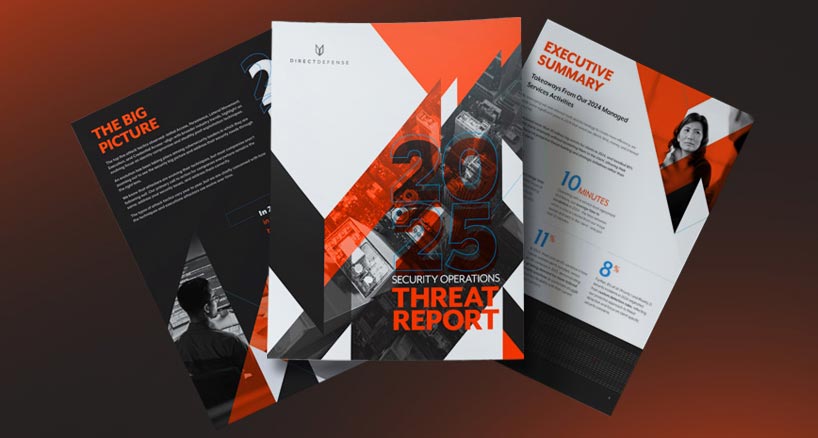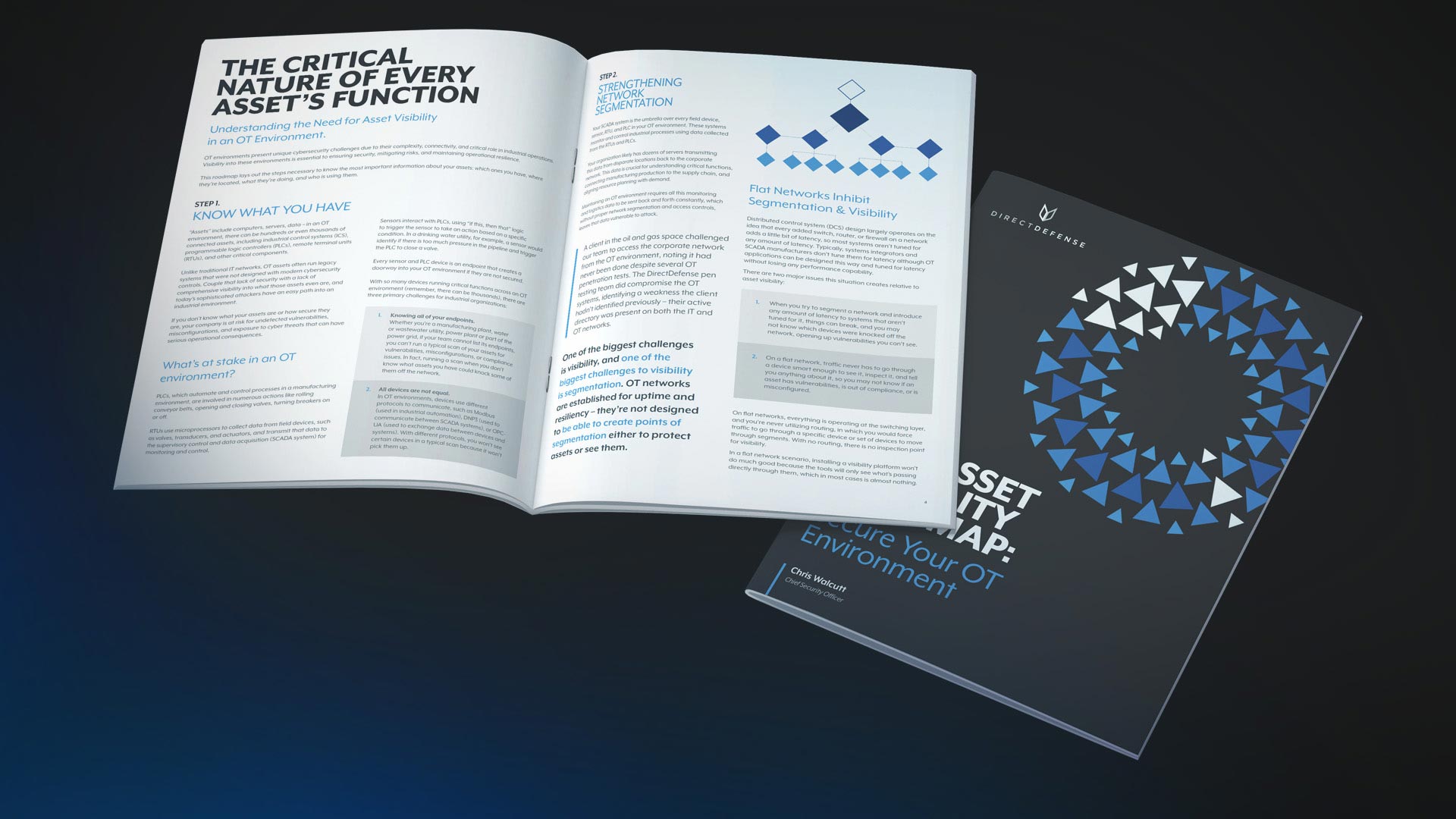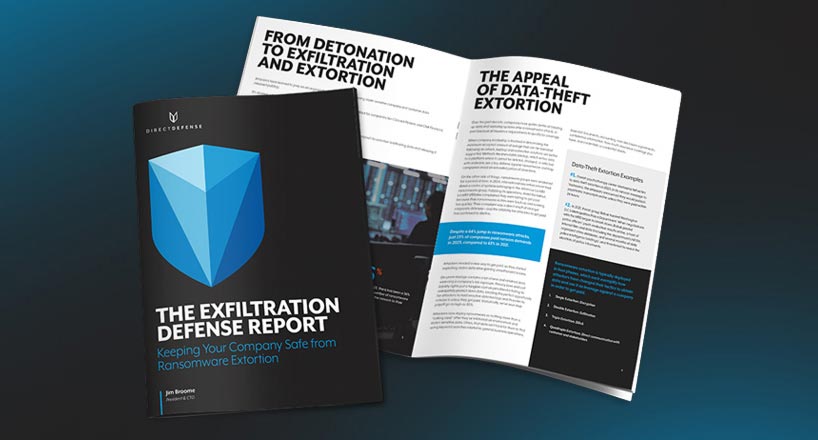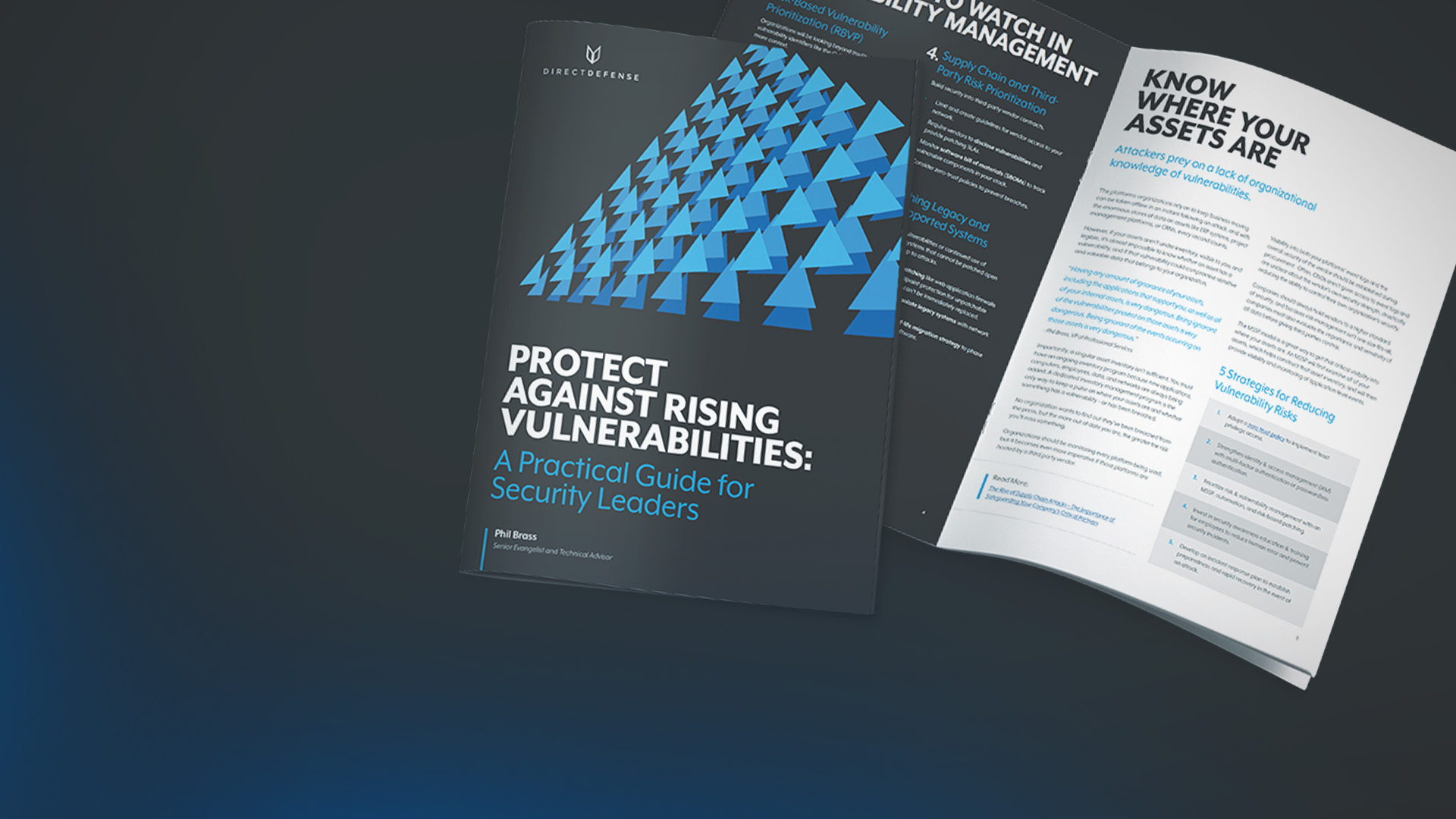
Gain
Clarity
Into your entire network
It’s becoming increasingly difficult for companies to manage the sheer number of vulnerabilities reported each day, a situation made even more complex when companies don’t have visibility into their own networks.
Up to 80% of breaches can be attributed to a lack of visibility into connected networked assets and devices, and recovery from a breach is far more difficult when you don’t know what was compromised.
Protect Your Business with 24/7 MDR + MSSP
Do you have clarity into your networked environment?
Our 24/7 customized MDR + MSSP gives you that visibility and monitors every aspect of your network.
Identify
Following a comprehensive look at your organization’s security posture and compliance, we identify your vulnerabilities, risks, and liabilities.
Personalize
Based on a personalized assessment of your needs, business goals, and security posture, you can be confident our strategies are tailored to your organization.
Build Resilience
With best-fit technology solutions and a customized security roadmap, we provide visibility into security risks, eliminate blind spots, and build confidence and resilience.
Educate
Nothing is a one-time solution. We provide ongoing support, manage and maintain your security program, build resilience, and prepare you for the future.
Attackers are Betting on Network Vulnerabilities
Don’t give them the upper hand. Manage your critical vulnerabilities before attackers find an open door into your network.
- Many companies lack basic logging and file storage, limiting asset visibility.
- With limited visibility, even a minor attack can increase drastically in scope and severity.
- Without a handle on your data, you’re at the mercy of the attackers.
Be Protected Even on a Tight Cyber Budget.
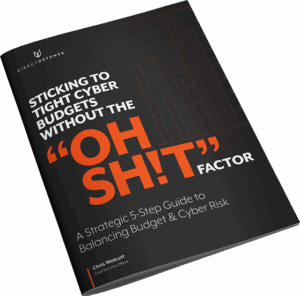
42%
Cyberfatigue, or the failure to proactively protect against cyberattacks, affects as many as 42% of companies. (Cisco)
$3.58M
The average ransomware recovery cost is $3.58 million; in 2024, 63% of attackers demanded $1 million or more, and 30% demanded more than $5 million. (Sophos)
74%
In 2024, 74% of organizations suffered at least one ransomware incident. (Infosecurity Mag)
“As part of our cybersecurity and incident response team, we have to augment with DirectDefense, and their team helps us implement incident response 24/7. With their help, we always have people with hands on keyboards and eyes on glass, and we wouldn’t be able to staff that in a robust enough way within our organization alone.”
VP and CIO / Marine Recreation & Technology Company
Watch Your Security Program Come Together with MDR + MSSP
Make sure every aspect of your organization’s security is spoken for. Our MDR + MSSP program acts as an extension of your team – an extra layer of security against threats that helps you stay one step ahead of dangerous attackers.
Choose Your Plan
MDR + MSSP CORE and MDR + MSSP MAX – the One-Two Punch Combo to Take Care of Your Cybersecurity Needs
CORE
MAX
SIEM
U.S.-Based 24/7 SOC
Incident Response Retainer Hours
ThreatAdvisor
Monthly Status Reports and Meetings
Vulnerability Scanning & Management
Quarterly Program Review Meetings
Managed Endpoint Detection & Response
Managed OT / IoT Monitoring
Bi-Weekly Status Review Meetings
SOLUTIONS MANAGED







We Find What Others Miss
- Gain an in-depth knowledge of your unique security environment
- Create custom alerts for all verticals, including regulated industries like financial services, insurance, and health care, to satisfy special requirements beyond traditional out-of-the-box solutions
- Provide complete management, investigation, and triaging of all alerts
- Transparent communication & direct access to your SOC analyst
More Insights
GUIDE
How much risk is too much?
Build your cyber budget around the right level of risk so whatever happens, you got this.
REPORT
2025 Threat Report
Gain clarity into today’s threat landscape
ROADMAP
Asset Visibility Management
A roadmap to protecting your critical infrastructure
REPORT
Ransomeware is a business
Don’t let it disrupt yours.
GUIDE
Rising Vulnerabilities Practical Guide
Improve your cyber risk management
CASE STUDIES
Surprise SCADA Systems
Uncovering unsecured process control systems during a NIST 800-82 assessment
Securing a Merger & Acquisition Event
The cybersecurity steps companies should take before joining forces
ARTICLES
Corporate Security Includes Social Media
How too-detailed posts on social media can give attackers an easy win
Bypassing Voice Authentication with AI:
How synthetic speech enables attackers to effectively replicate voices
Demystifying Cyber Insurance:
How to navigate coverage requirements
The Psychology of Phishing:
Why people fall for it and what your company can do to intervene



